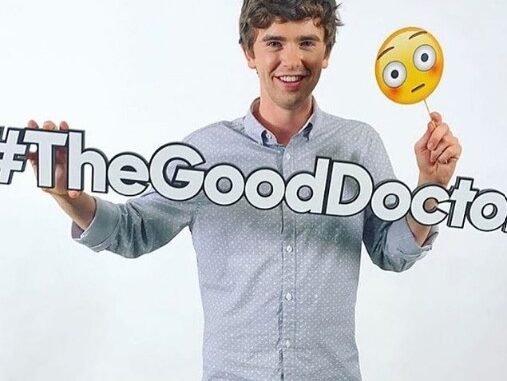
Among the most deceptively simple yet emotionally resonant moments in “The Good Doctor” is the quietly revolutionary apple scene—a brief interaction that distills the series’ philosophical core into a single, perfect encounter. When Dr. Shaun Murphy offers his prized apple to a young patient, viewers witness not merely a kind gesture but a profound statement about connection, communication, and the universal language of compassion that transcends neurological differences.
What makes this moment extraordinary is its multiple layers of meaning. On a surface level, it’s simply a doctor connecting with a reluctant patient through kindness. Dig deeper, and it reveals Shaun’s unique approach to empathy—not expressed through conventional reassurances or social niceties, but through concrete action and genuine sacrifice of something personally meaningful.
Freddie Highmore’s performance elevates this moment beyond its simple premise. His delivery combines matter-of-fact tone with subtle eye movements that suggest deeper understanding. When the child accepts the apple, Highmore conveys Shaun’s satisfaction through minimal but precise changes in posture and expression—a masterclass in communicating emotional content through restrained performance.

The visual composition of the scene further enhances its impact. Director David Shore frames the exchange in gentle, natural lighting that contrasts with the typically harsh fluorescence of hospital settings. The camera lingers on the transfer of the apple from Shaun’s hands to the child’s—a visual metaphor for connection established through tangible sharing rather than verbal reassurance.
This seemingly minor interaction carries major thematic weight for the series. It challenges conventional assumptions about autism and empathy by demonstrating that compassion expresses itself through diverse languages—not all of which involve expected social scripts or emotional displays. Shaun’s gesture emerges not from social conditioning about how doctors should behave, but from genuine understanding of what might matter to another person based on what matters to him.
The scene concludes with subtle but significant character development as Shaun successfully completes the examination following this exchange. This progression suggests something profound about the reciprocal nature of patient-doctor relationships: by adjusting his approach to accommodate the child’s emotional needs, Shaun creates space for the child to accommodate the medical necessity he represents.
In its elegant simplicity, the apple scene encapsulates what makes “The Good Doctor” transcend typical medical drama territory. It suggests that healing involves more than medical knowledge—it requires genuine presence, authentic connection, and sometimes, the willingness to share something as simple yet significant as a perfectly red apple. Through this brief but meaningful exchange, the show delivers its most hopeful message: that despite different ways of experiencing and interacting with the world, human connection remains possible through countless languages of care.
